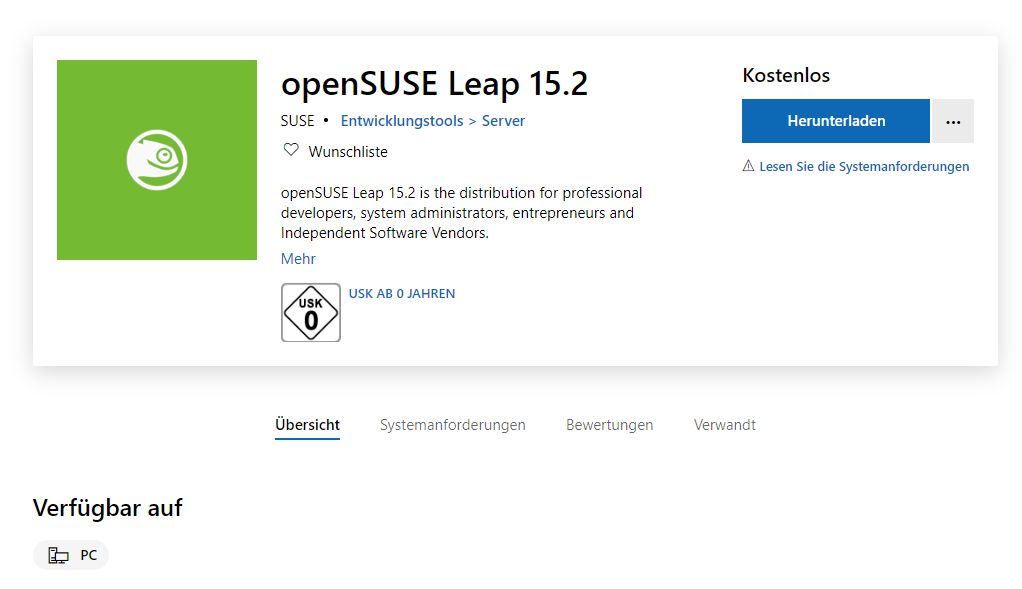

It’s intuitive, even for beginners, and powerful enough to do anything you want.Īt the opposite, the command line might be a different experience, even if you are used to it on Raspberry Pi OS. So the basis is really different, Slackware and SUSE are on a different tree from Debian and Raspberry Pi OS if you look at the diagram.īut, we’ll install a desktop version, and even if there are a few differences, you’ll quickly find your way on this system. Yes, most of them are unknown, but Slackware, SuSe an OpenSUSE are well known. If you are lost in all this Linux distributions, I love this schema on Wikipedia. Yes, openSUSE is the community version, based on SUSE Linux Enterprise, a paid product.īoth have their origins in Slackware Linux, an ancient distribution (still alive too!). Like RedHat and Fedora, SUSE and openSUSE are linked.
#Suse leap download pdf#
Grab your free PDF file with all the commands you need to know on Raspberry Pi!

OpenSUSE Tumbleweed: the rolling release, which receive new updates constantly.OpenSUSE Leap: the regular release which follow the roadmap I introduce just above.It’s perfect for your servers 🙂Īs I already introduced, there are two releases available : There is a minor update almost every year, and a major update maybe every 3 years. Their development roadmap is very slow, so stability should be an easy one. It’s there for over 15 years.Īs they say on their website, their main goals are stability and flexibility. I already wrote almost everything in introduction, but openSUSE is not a new system at all. So, I share with you what I have discovered, let me know in the community if there is something incorrect. Yes, I’m also learning, I don’t know this distribution very well, tried it a few times over years, but not really used it for an extended period. What is openSUSE?īefore installing it, let’s learn a few things about this system, less popular but always active 🙂 That’s why I’ll show you everything step-by-step, as usual here.

The stable version is “Leap” while “Tumbleweed” is the rolling version.īut openSUSE is not Debian, so might be lost directly in the first steps. There is an openSUSE image available on the official website for each Raspberry Pi model.ĭownload the one corresponding to your device, flash it on a SD card and start your Raspberry Pi.
#Suse leap download how to#
In this tutorial, I’ll show you the how to install it on your Raspberry Pi. OpenSUSE is a Linux distribution, which has been part of the Linux history since 2005, and now has an official release available for Raspberry Pi.


 0 kommentar(er)
0 kommentar(er)
